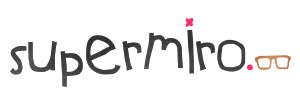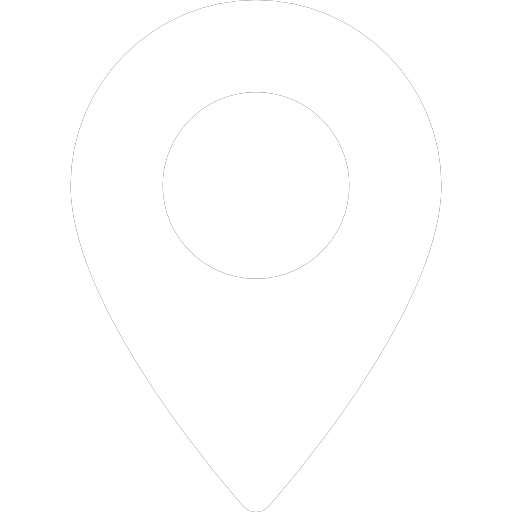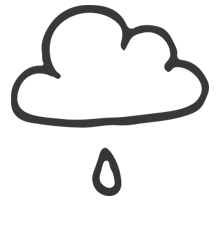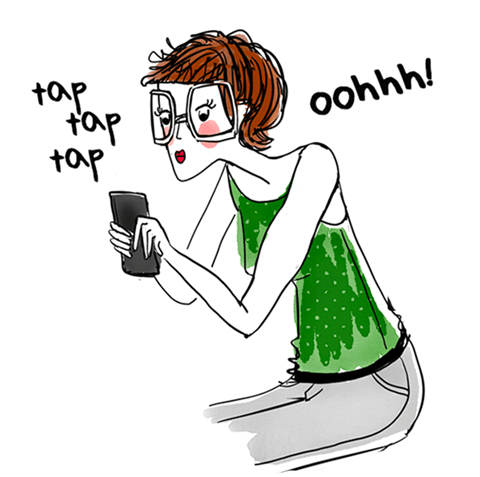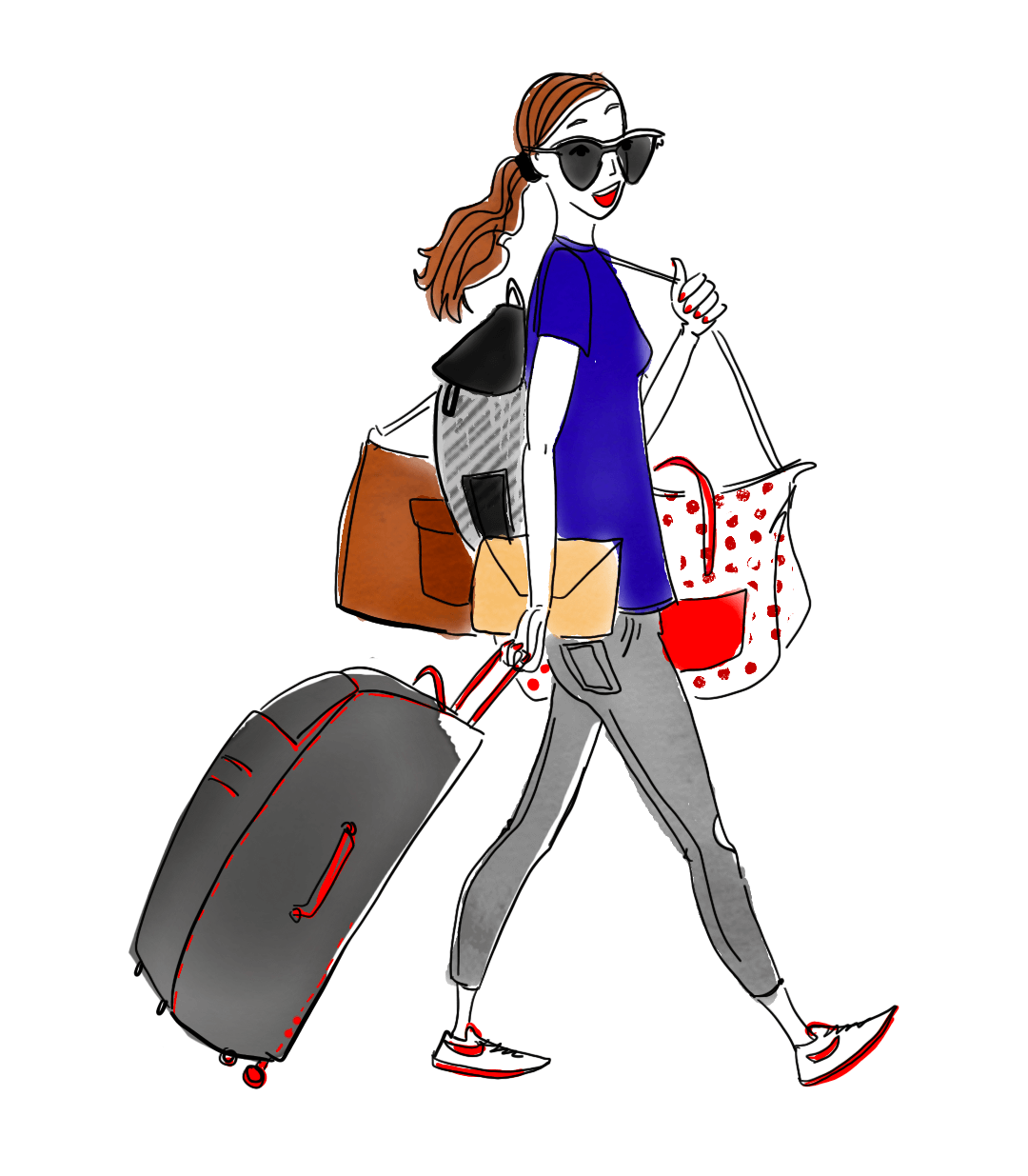When in the late 1940s, the world learned about what are called 'thinking machines', it did not only fascinate science and industry. Although few people had direct access to computers, multiple artistic formats - from paintings and sculptures to films and choreographies - emerged from the 1950s in the computing centers of universities, research centers, and large enterprises. The computer promised the arts a world of new forms, rationality, and creative planning, as well as social relevance through participation in an invisible and omnipresent technical revolution. However, the established art world initially reacted with restraint. But by the early 1960s, art theorists like Umberto Eco saw in these works 'epistemic metaphors' that showed the beginning of a global technical and scientific transformation that would affect all modes of thinking and action. The German philosopher Max Bense also mentioned the possibility of 'programming beauty', and French sociologist Abraham A. Moles suggested that the high demand for art by industrial societies could only be met by works produced in an automated way. The presentation highlights the works and utopias of the first experimental uses of computers in the arts and shows the multiple links with current debates, for instance, regarding the use of artificial intelligence in art.
Good to know
Venue: Art Talk Area
Language: English
Speaker: Margit Rosen (Art Historian and Curator)
Where does it take place?
Luxembourg Art Week
Glacis square (Fouerplaatz)
Ville-Haute Luxembourg
Otherwise… check out the agenda

see all the things
to do around you
Hey, don’t go away...
Get the best
outings around you
All the best deals
events
spots


